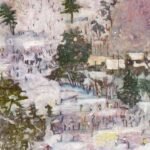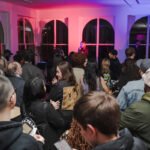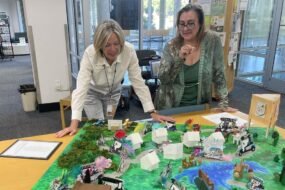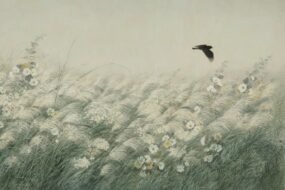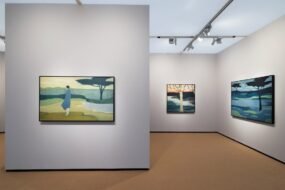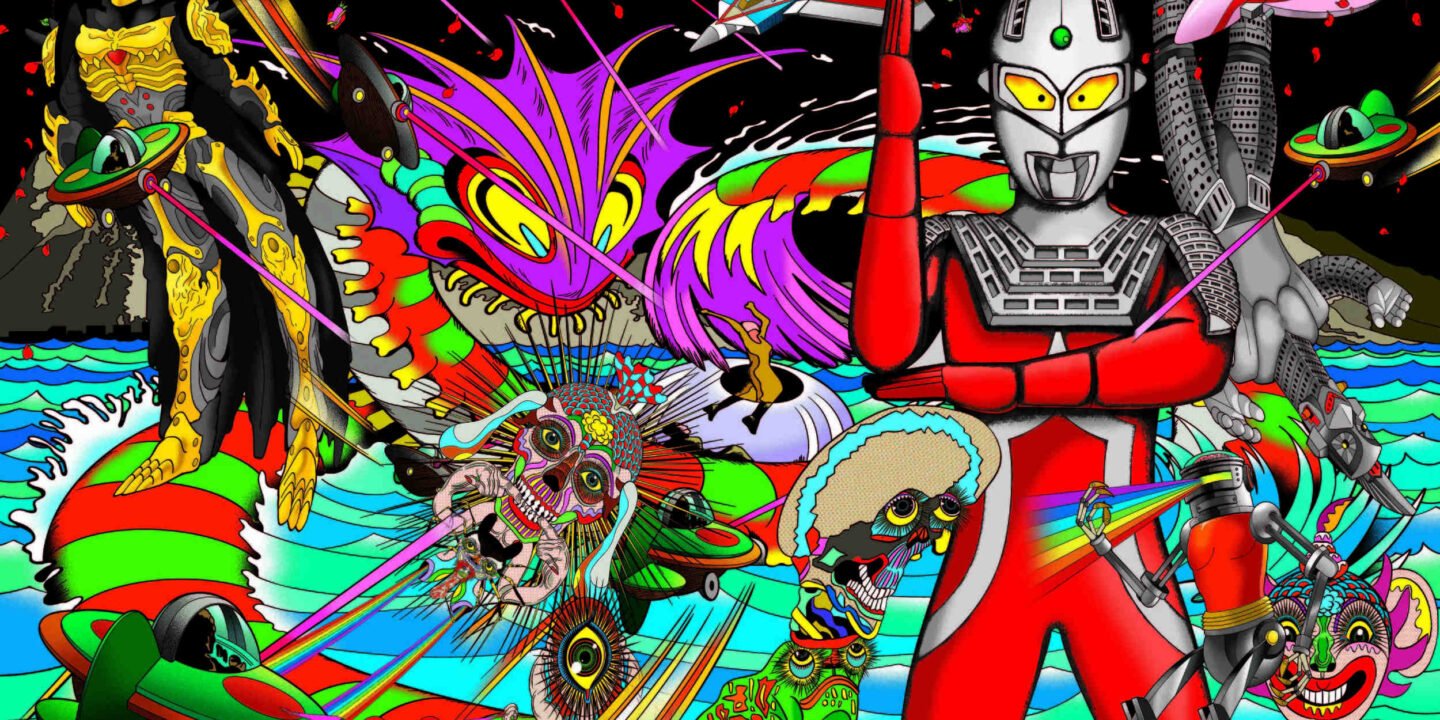
Growing up, Owen Duffy says anime and different aspects of Japanese pop culture were integral to his childhood, from playing Final Fantasy to enjoying Dragon Ball Z. Though he sensed a moment of nostalgia, in surveying the landscape, he realized it was actually a sign of something more.
“It feels like anime is more popular and more global now than it ever has been,” says Duffy, the Nancy C. Allen Curator and Director of Exhibitions at Asia Society Texas. “It’s no longer a niche interest or a cultural mainstay just in Japan. It’s something that’s really gone global.”
On October 17, you can see how anime has evolved into an object of globalization and a serious subject for contemporary art when the museum opens “The House of Pikachu: Art, Anime, and Pop Culture.” The survey, spread across five galleries, features 25 artists from around the world, from Japan to Brazil, Mexico to Côte d’Ivoire, and, of course, right here in Texas.
Anime’s global popularity, coupled with the fact that it’s been two decades since the first groundbreaking major exhibitions broadly introduced how Japanese pop culture and anime could become fertile territory for artistic experimentation, led Duffy to believe it’s time once again to revisit and update the conversation.
“This exhibition,” Duffy notes, “represents another chapter in the history of cultural exchange between Asia and the rest of the world,” one that be traced back to when 19th-century Impressionists drew inspiration from imported Japanese woodblock prints. “It can be a way that a gateway to an introduction or cultural exchange, for cultural curiosity, for learning about the other.”
Duffy found that there are many artists who “reinterpret anime through their art, use it as a reference, quote it as subject matter, make homages to it, and create their own worlds with its aesthetics,” and, given its impact, their work deserves a deeper look.
“Just because something is part of mass culture doesn’t mean it shouldn’t be taken seriously,” he says. “Given its immense popularity, it needs to be taken even more seriously because of how much it means to people.”

Among the 25 artists featured in the exhibition is Houston-based painter Gao Hang. Born in China, Gao grew up in a time when only a handful of Japanese animations were imported, yet when he moved to the U.S. in 2015, he found that those same shows had captivated his peers a world away.
“When I talk to people around my age, my generation, we talk about the same things,” Gao says. “Though they had different names, we would pull out pictures on our phones and see we watched the same animations. There’s no culture shock. That’s amazing to me.”
For “The House of Pikachu,” Gao is contributing two new paintings created specifically for the exhibit: the Ultraman-inspired Tokyo will always be fine and one featuring the exhibition’s namesake character.
It was a challenge, Gao says, translating the famously two-dimensional Pikachu into his style, which he describes as “a little about space, a little about geometrical structures, and three dimensional.” But he calls the result – a blocky, fluorescently air-brushed Pikachu painted on a raw canvas – “a good experiment.”
“When the subject is so popular, like Pikachu, I bring more of the painterly process, the painting quality, forward,” explains Gao.
“That’s what’s brilliant about the Pikachu painting – the tension between dimensionality and flatness,” adds Duffy. “Flatness and stylization are such integral aspects to the style of anime, so, I think it is very funny and clever and thoughtful that Gao can play with the tensions between three-dimensional reality, digital reality, and also flatness in one painting.”
Gao’s painting of Pikachu will be in the exhibit’s fourth gallery, which is the titular “house.” In the fourth gallery, visitors will see works from half a dozen artists who have all created different homages to the character by way of paintings, sculptures, photography, a mural, and clothing, created by fashion collective CFGNY.
“You’ll be overwhelmed by the amount of Pikachus,” says Duffy. “We hope it’ll allow you to consider all these different aspects: How the artist made it? What are the techniques that are going into it? What are their motivations? Because each one is going to be completely different.”

Gao relates the differences visitors will find among the Pikachus to a story about a professor who was once asked to define art. The professor instead asked his students to draw Mickey Mouse and bring in their creations the following day.
“The professor put all the Mickey Mouses on one wall, and they all looked different. Then, the professor said, ‘This is art.’ Basically, art is all about how you interpret something, and then it’s all about the differences between people. You can see the differences in their composition, in their color choices and palettes, the lines that they draw, the size they choose, the energy they brought,” says Gao. “If every painting is about Pikachu, people will get over that really quickly and focus on the painting itself.”
In the first gallery, visitors will find artists who have been consistently engaging with anime and Japanese pop culture, including a work from Yoshitaka Amano, one of the original animators of Speed Racer and a character designer for Final Fantasy. There’s also work by influential Japanese pop artist Keiichi Tanaami, who paved the way for artists like Takashi Murakami, and Rozeal., an African American woman who has been referencing anime and Japanese woodblock prints in her work for two decades.
“This exhibition crosses generations,” Duffy says. “We’re really showing that this is something that transcends borders, age, and background.”
Both Duffy and Gao see “The House of Pikachu” a record of how global culture evolves.
“After 50 years, 100 years, this will be Asian culture, and Japanese culture, to our generation,” says Gao. “So, it’s a nice show to have in the history book of painting.”
The House of Pikachu: Art, Anime, and Pop Culture runs from October 17 through March 15, 2026, at Asia Society Texas, 1370 Southmore. For more information, call 713-496-9901 or asiasociety.org/texas. $8; free for ages 6 and under, students with I.D., and Asia Society Texas, and free on Thursdays.
This article appears in Jan 1 – Dec 31, 2025.




